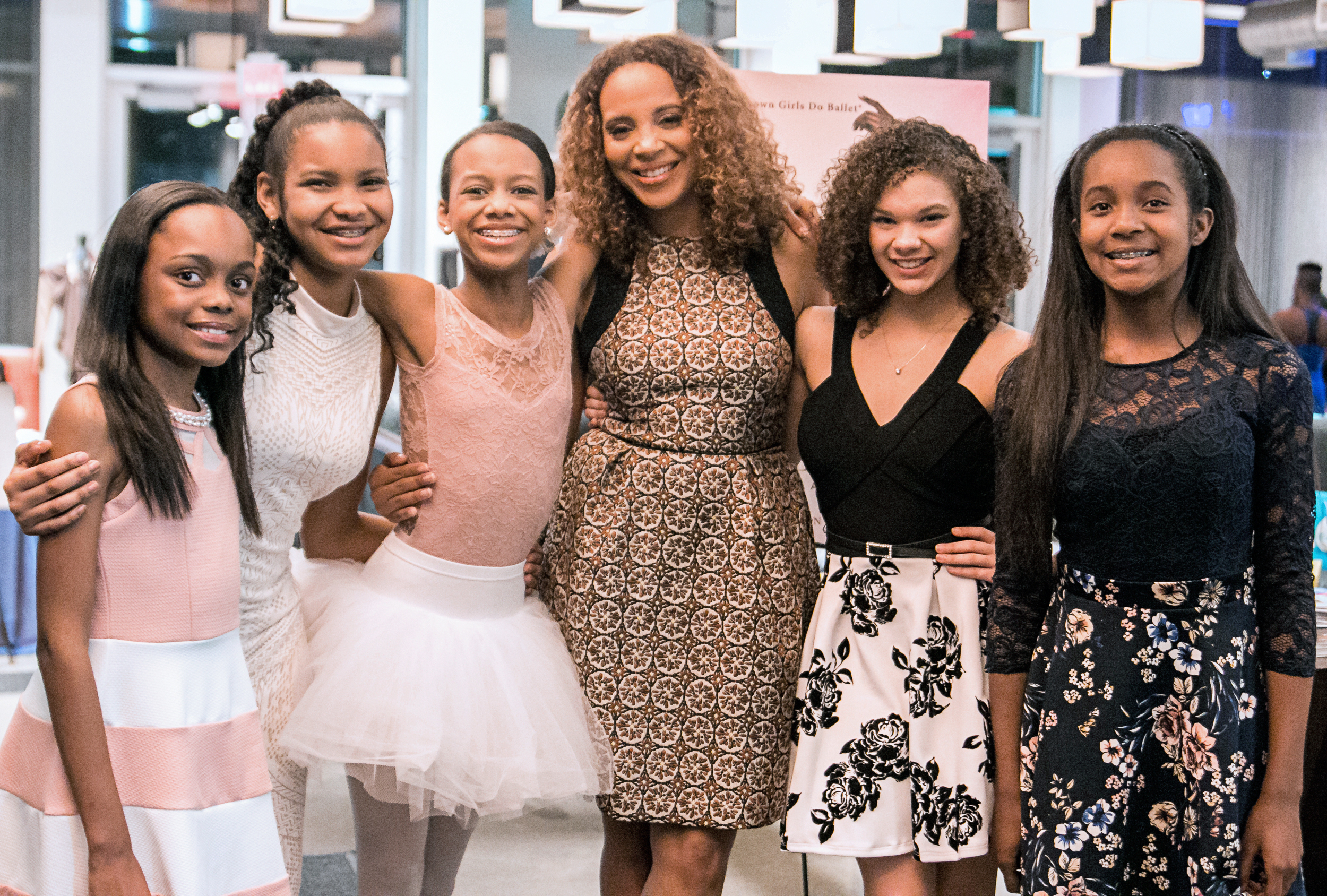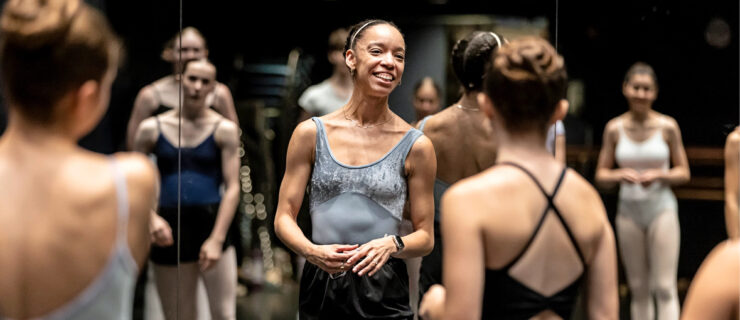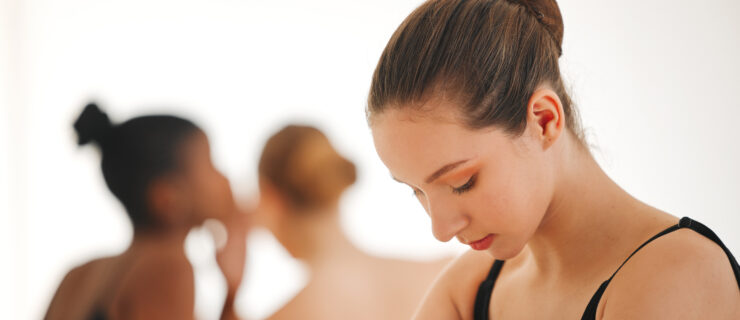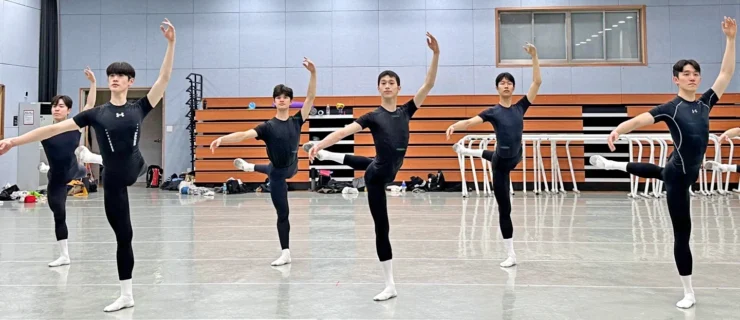How Brown Girls Do Ballet Has Inspired and Supported a Generation of Young Dancers
When Dallas-area photographer TaKiyah Wallace-McMillian was searching for a diverse dance studio for her daughter in 2012, she was shocked to find very few images of Black or brown dancers on local studio websites. “Everyone would have blond hair and blue eyes, even though the city had a rich pool of Black artists,” Wallace-McMillian says.
That experience prompted her to produce a photo shoot for young Black ballet dancers in the Dallas area. To her surprise, the ad for the shoot went viral on Facebook, garnering requests from dance parents all over the country. “I was not prepared for the amount of interest we received.”
To share sneak peeks of the images, Wallace-McMillian created the Instagram profile we now know as Brown Girls Do Ballet, which grew into a nonprofit organization providing visibility, access and connection for young dancers of color across the country. Nearly 10 years later, BGDB has inspired and empowered a generation of brown dancers, giving them transformative communal support that hadn’t existed before.
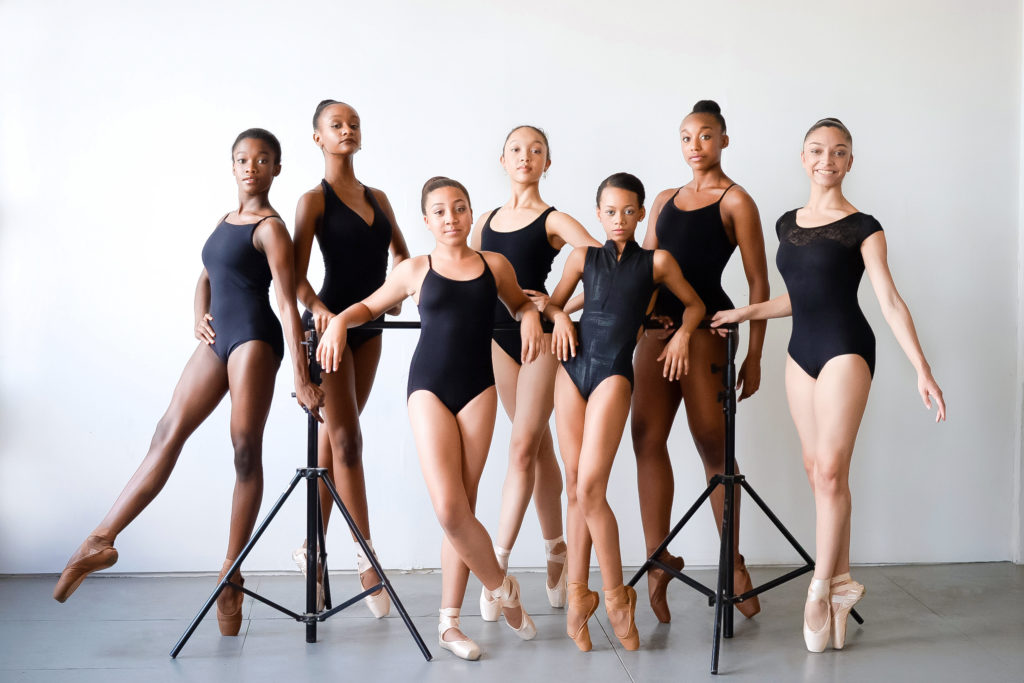
The Power of Representation
That first shoot of 10 Dallas-area dancers soon evolved into a personal photography project for Wallace-McMillian. She responded to the massive interest by dedicating time for additional shoots during her family vacations. “In the first city, we saw tears,” she says. Parents told her stories of how their daughters were the only dancers of color in their classes, often receiving feedback about their bodies not being the right type or other notes about how they look. Her photo sessions expanded to cities like Atlanta, where she had to cap the shoot at 42 dancers. “We even had waitlisted dancers travel to neighboring cities just so they could participate,” she says.
Wallace-McMillian’s shoots, now known as the Brown Girls Do Ballet Photo Project, became an official traveling exhibition in 2015, hitting cities like Austin, Houston and Washington, DC, among others. They have allowed young dancers of color to see themselves and to be seen in spaces where there typically hadn’t been much representation.
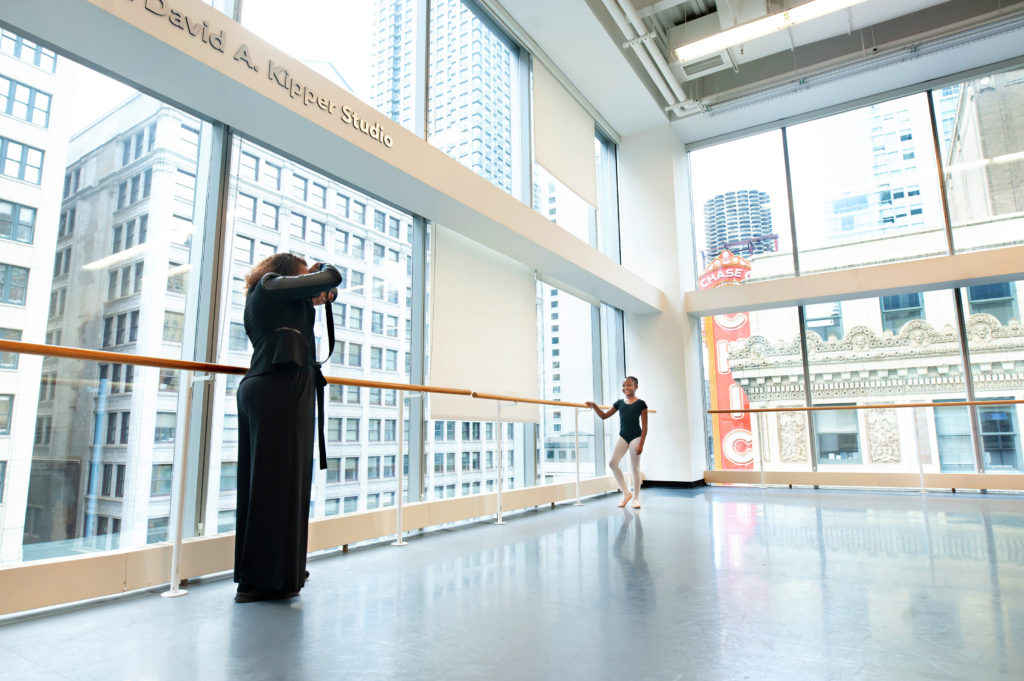
“I think it’s really important to have that representation and to showcase dancers of color,” says Gabriella Alleyne, a BGDB ambassador who trained at The Ailey School and Dance Theatre of Harlem School before becoming a dance major at Loyola Marymount University. “We’re showing the world that there are Black dancers, and they are talented and motivated.”
A Growing Movement
In 2014, Wallace-McMillian harnessed the momentum of her photo shoots, and the ad hoc support she and her newfound network of dance parents had been offering, into an official nonprofit organization for dancers of color. In addition to the Photo Project, BGDB initiatives now include their Pointe Shoe Program, which provides pointe shoes and fittings for dancers in need; its supply closet, which provides supplies to dancers who’ve been displaced by natural disasters; its scholarship program for college and summer intensives; an ambassador and mentorship program; and Small Studio Grant.
BGDB has seen especially significant growth in the last two years. “We were a 100 percent volunteer organization until 2020,” Wallace-McMillian says. “A large change happened in 2020 during the early height of the pandemic, when dancers felt freer to share the microaggressions and injustices they’d been experiencing.” That shift in openly naming the discrimination within the dance world, along with a grant and training from Meta’s Black Creator Program (We the Culture), allowed Wallace-McMillian to expand and run the organization full-time. In 2021 alone, BGDB gave $22,500 in scholarships and micro-grants. “Now we’re able to do so much,” she says proudly.
Making An Impact
For Wallace-McMillian, BGDB’s impact is about giving back to its community. For instance, she plans to pilot the organization’s first after-school program in the Dallas-Fort Worth area this spring. Beginning in March, Brown Girls Do Ballet will offer free in-person ballet classes at a local rec center, taught by its pool of nearly 70 ambassadors. “Our goal is to provide access to performing arts at low or no cost in the city where I didn’t have access to that,” she says.
In fact, the ambassador program is another example of the organization’s growing impact. For Alleyne, a public relations minor who also started an online magazine for girls of color, it’s the two-way system of support and Wallace-MacMillian’s “entrepreneurial inspiration” that she finds most impactful. She became an ambassador at 13, and as part of the program’s mentorship component she now mentors three younger ambassadors. Alleyne enjoys answering their questions about everything from which summer intensives to attend to auditioning and overcoming homesickness.
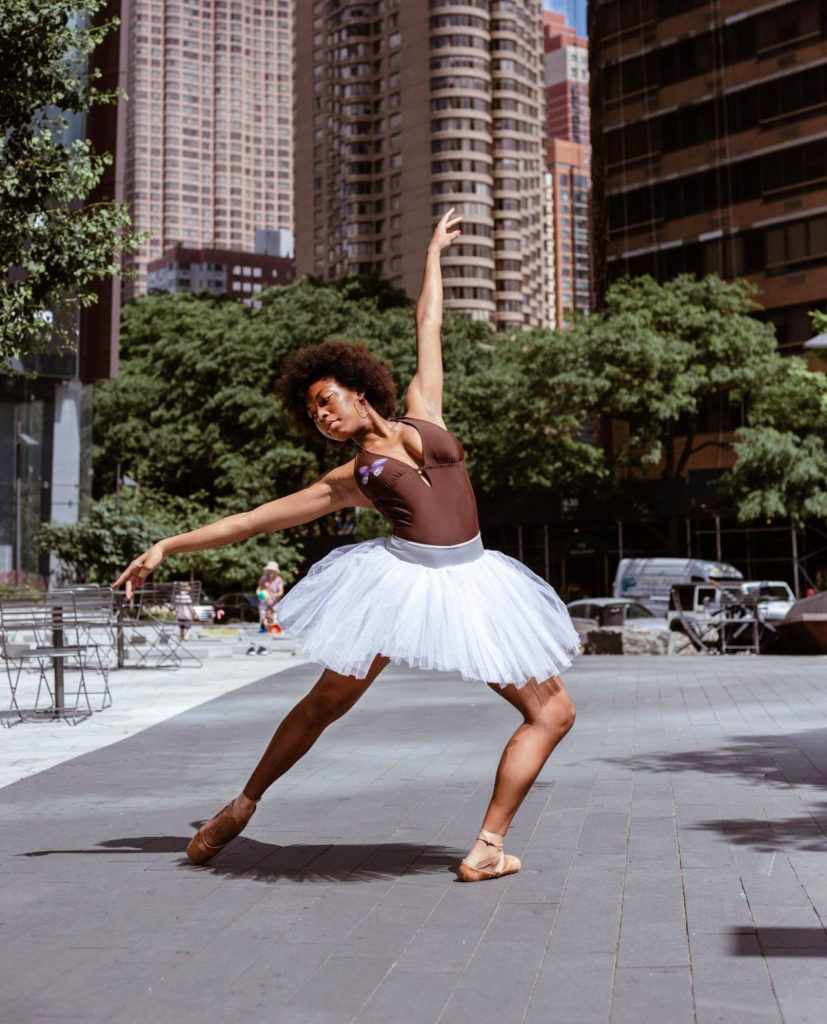
She also values the friendships she’s made with other dancers in the program. “The ballet world is really rigorous, so having a network who can relate to my experiences is really important to me,” Alleyne says. “I feel like I have a support system in the dance world.”
The early days of Wallace-McMillian’s Photo Project allowed many young ballet dancers of color, and their families, to feel seen and celebrated for the first time. Since then, BGDB has supported dancers all over the country who are now performing, teaching, and starting their own businesses. Wallace-McMillian has now expanded BGDB to include Brown Girls Do Gymnastics and Brown Girls Do, supporting young girls of color in all their artistic endeavors. She says, “I never would have imagined 10 little girls’ photos would lead to all this.”
